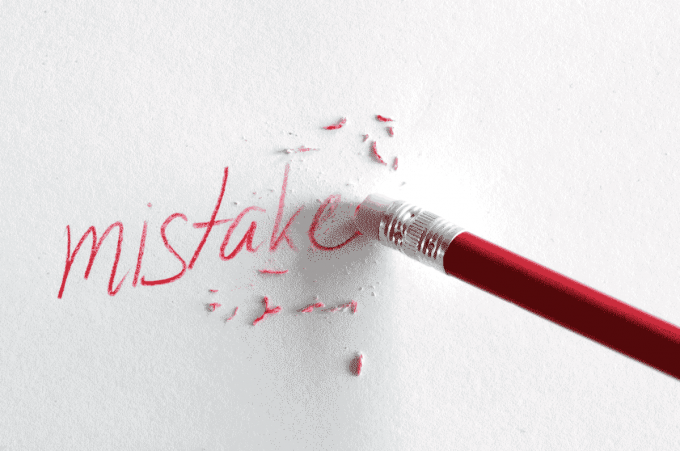Everyone makes mistakes. But fixing them isn’t always easy. As professionals, we never want to be publicly defined by our mistakes—but the truth is that it’s our response to mistakes that can make us better at what we do in the long run. Here’s my big-mistake story.
As a new marketing manager for a practice group within a consulting firm, I had a lot to learn. And a few of those things, I had to learn the hard way, like making an error that cost the company many tens of thousands of dollars.
During my first six months on the job, I was tasked with managing the production of a book—an honest-to-god, sit on the shelf paperback book, complete with art commissioned from a known artist, that told the story of the company and its value. The vision was that this book would serve as a coffee table attraction and a way to elevate the brand, which was well known outside the US but new to this region.
My job was to write the content, manage the graphic design, and oversee the production of this book, including managing the printing process. For those not familiar, that involves reviewing and approving proofs, the final hard copies of the document which, once approved, give the printer the EXACT files they need to produce the final product. This is an important detail. Stay with me: it comes back up in just a minute.
The books arrived within a couple of weeks, as promised, and they were, in fact, beautiful. Everyone in the office was impressed. I patted myself on the back and enjoyed the success—right up until a senior member of the management team pointed out the typo. The big typo. In a headline to one of the chapters. In the book. That I had proofed.
See? I told you that was an important detail.
The error, of course, was obvious to anyone seeing the book for the first time, including the CEO of the company, who called all the way from Scotland to ask me how I could have let this happen. I was mortified, apologetic, and upset, naturally. I knew what I'd done wrong. But here's the thing: I didn't know how to prevent it from happening again.
As my boss pointed out, when he called me into his office, "When the CEO wants to know how we will not make mistake like this again, we have to have a better answer than, ‘We will try harder.’ “
His point: the problem wasn't me. The problem was my system. It was broken, and it needed to be fixed to prevent typographical errors from happening on my watch.
Of course he was right, and as soon as I got over myself, I secured the help of a third-party service that simply became part of the process for finalizing documents.
More importantly, I figured out that mistakes like this require ownership–not just of the problem, but also of the solution.
And I learned the hard way that when the CEO calls, you had better have a good answer.
